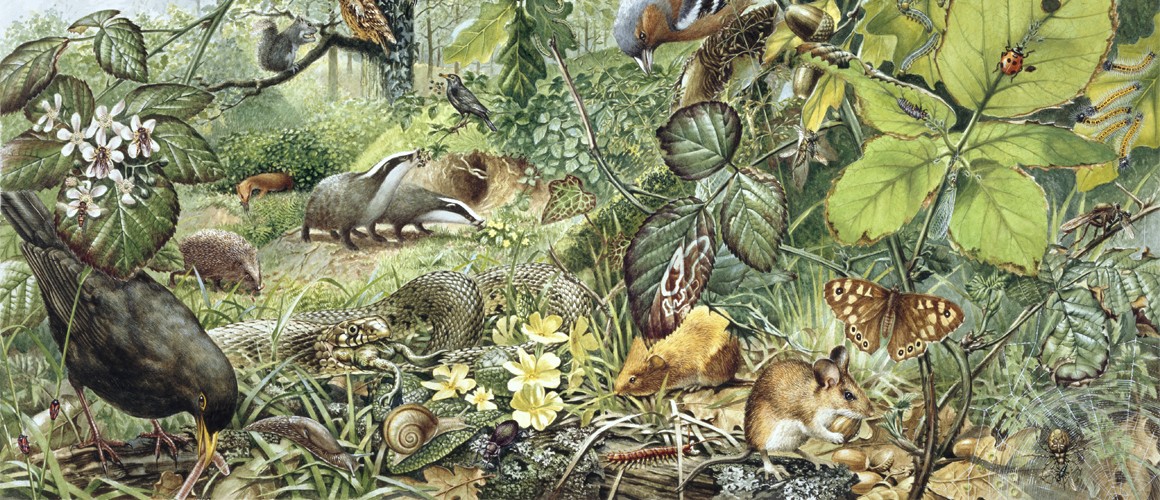The question is still not answered, and the deeper we look, the more we realize that there may not be a simple answer. In the past, I tried to understand this problem better and wrote about it a few years ago, and recently I came across a new book on the topic by the biologist and Nobel Laureate Paul Nurse. It is a very clear overview of our current understanding of the origin of life: Nurse, P. (2021). What Is Life?: Five Great Ideas in Biology. W. W. Norton & Company.
The classic book is Erwin Schrödinger’s 1944 text about the question of what is life, looking at it from the point of view of energy and information (he is a physicist.) This book was updated and was reissued with a foreword by Roger Penrose in 2012: Schrodinger, E., & Penrose, R. (2012). What is Life?: With Mind and Matter and Autobiographical Sketches (Canto Classics) (Reprint edition). Cambridge University Press.
Schrödinger’s main focus was on one important aspect of life: how living things maintained such impressive order and uniformity for generation after generation in a universe that is, according to the Second Law of Thermodynamics, constantly moving towards a state of disorder and chaos. It became a challenge for biologists to discover the mechanisms by which life achieves such stability, and Paul Nurse synthesizes the research that has been done in the 70 years since Schrödinger’s book.
Nurse uses five ideas of biology, and then tries to explain how they work together to produce the emergence of life. These ideas are: ‘the cell’, ‘the gene’, ‘evolution by natural selection’, ‘life as chemistry’ and ‘life as information’. All living things have these features in common. Our understanding of these building blocks is still changing, as scientists all over the world make new discoveries.
Life is a complex phenomenon, and taking a further step back, we can define three core principles:
- Living things can evolve through natural selection. This requires reproduction, heredity, and variability.
- Life forms are bounded, physical entities, separate from but interacting with their environments.
- Living entities are self-sustaining chemical, physical, and informational machines that construct metabolism, maintain themselves, grow, and reproduce.
The extraordinary chemistry of life is built around carbon polymers like DNA and proteins. DNA stores information long-term, while proteins perform diverse functions. This coupling of information storage and chemical activity is likely a universal requirement for life.
While we depend on carbon chemistry, we shouldn’t rule out other biochemical bases for life. Living things form an interconnected web, not discrete self-sufficient entities. Even we humans rely on microbial symbionts. The human microbiome is an ecosystem of bacteria and other microbes that live in and on the human body. These microbes include bacteria, archaea, fungi, protists, and viruses. The human body contains trillions of microorganisms. These microorganisms outnumber human cells by 10 to 1. About 95% of these microorganisms live in the gut. The microbiome contains about 300 times the number of genes that our own genomes express. Perhaps the least connected and most independent organisms are photosynthesizing cyanobacteria and deep sea archaea.
Viruses challenge definitions of life since they can only reproduce by hijacking host cell metabolism. They have genes, but no cell structure. Nevertheless, all organisms are interdependent to some degree. Life is a spectrum from viruses to plants.
All known life stems from a single origin, given the universal biochemical unity. How did life start from inanimate matter? The RNA world hypothesis resolves the chicken-and-egg problem of DNA, proteins, and membranes. Self-replicating RNA may have provided heredity and rudimentary metabolism in one package.
After RNA-based protocells, Darwinian evolution produced life’s diversity over billions of years. Natural selection inevitably entails death and limits on adaptation. Yet it also produced the human brain whose complex emergent properties like consciousness remain deeply mysterious. Understanding our minds may require integrating insights across sciences and humanities.
Life has only arisen once in Earth’s history, but the universe is vast. Alien life is likely also based on information-bearing polymers and Darwinian evolution. We are becoming uniquely aware of life’s interconnectedness and our responsibility for this planet. Understanding life helps us care for it.
